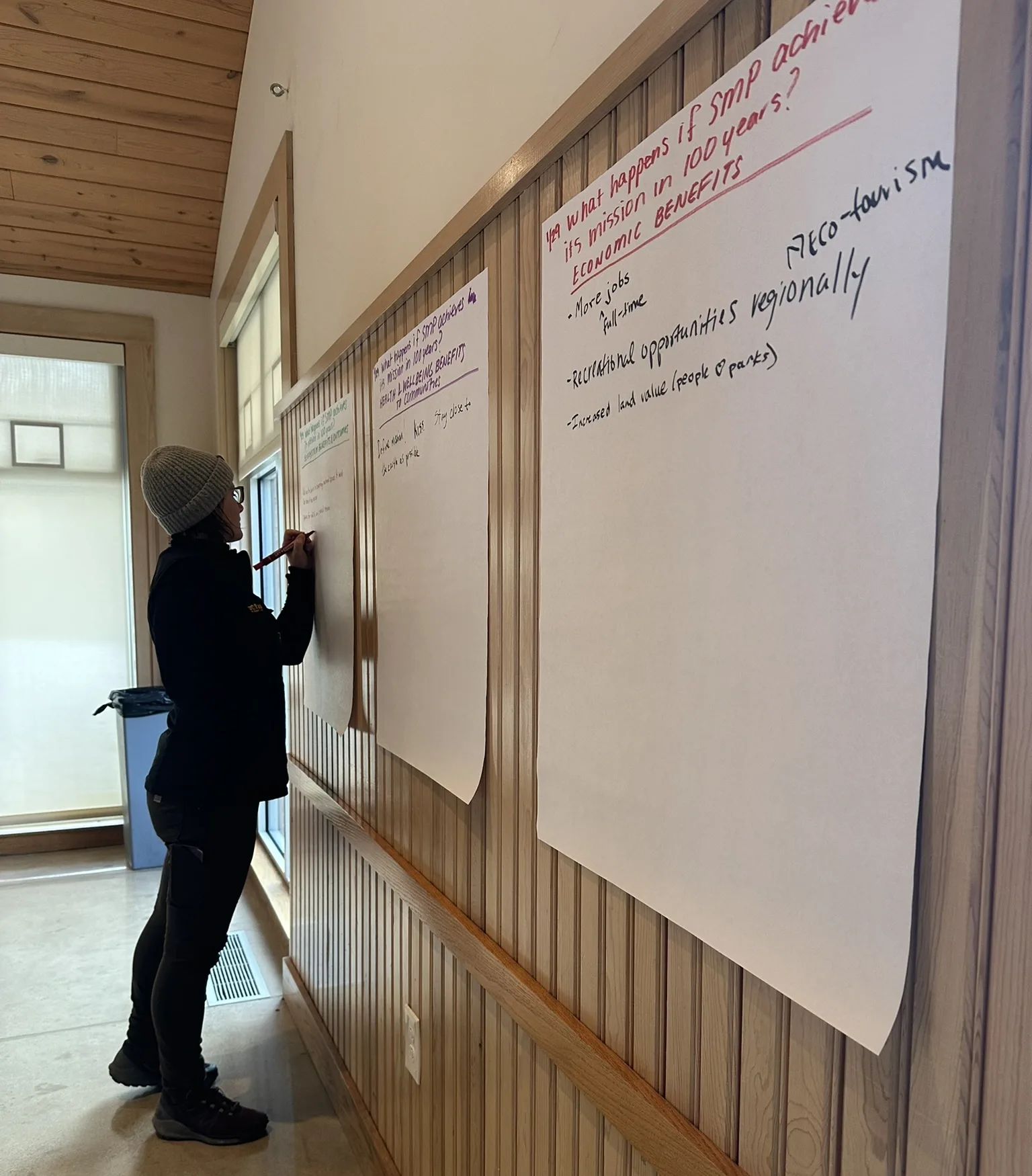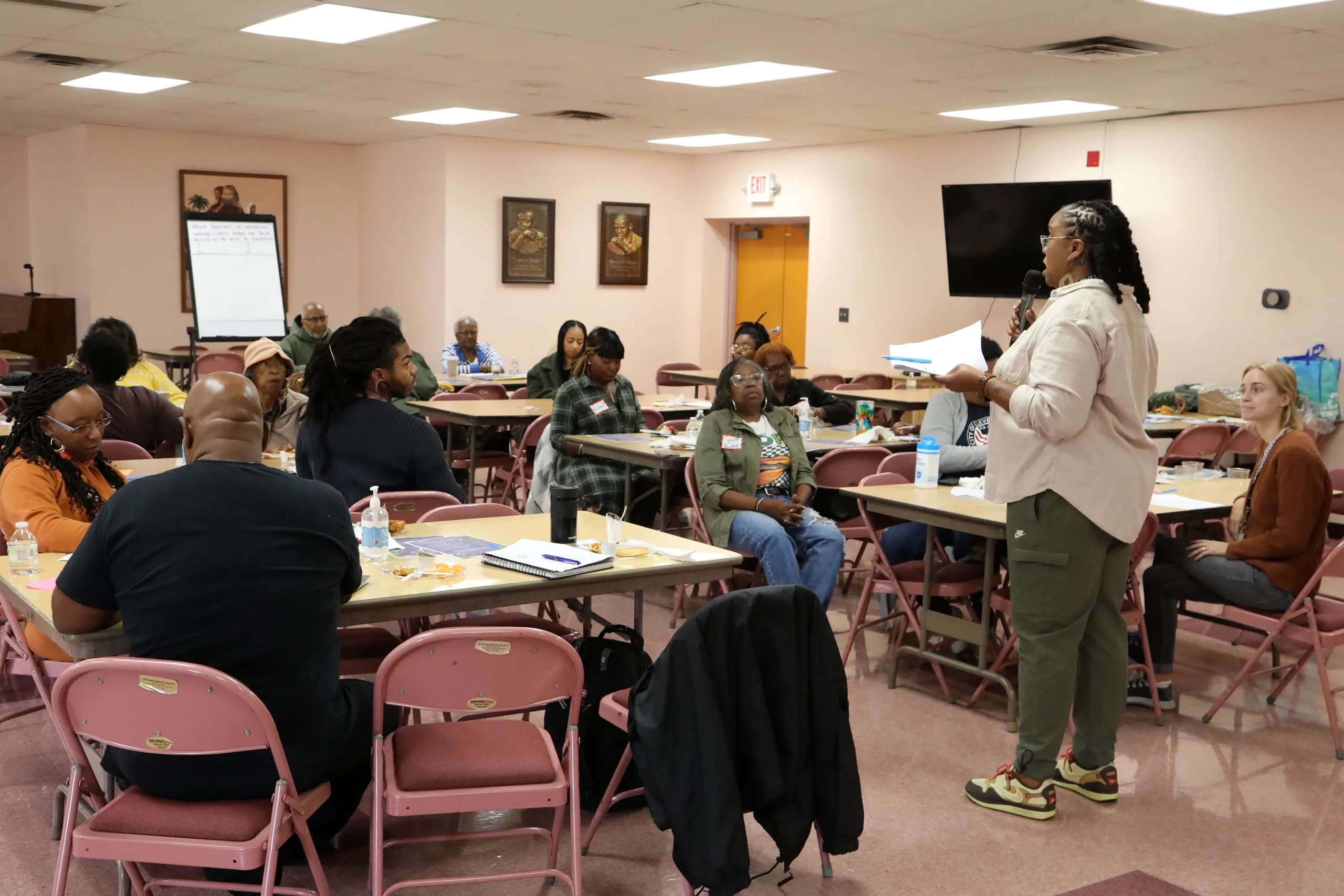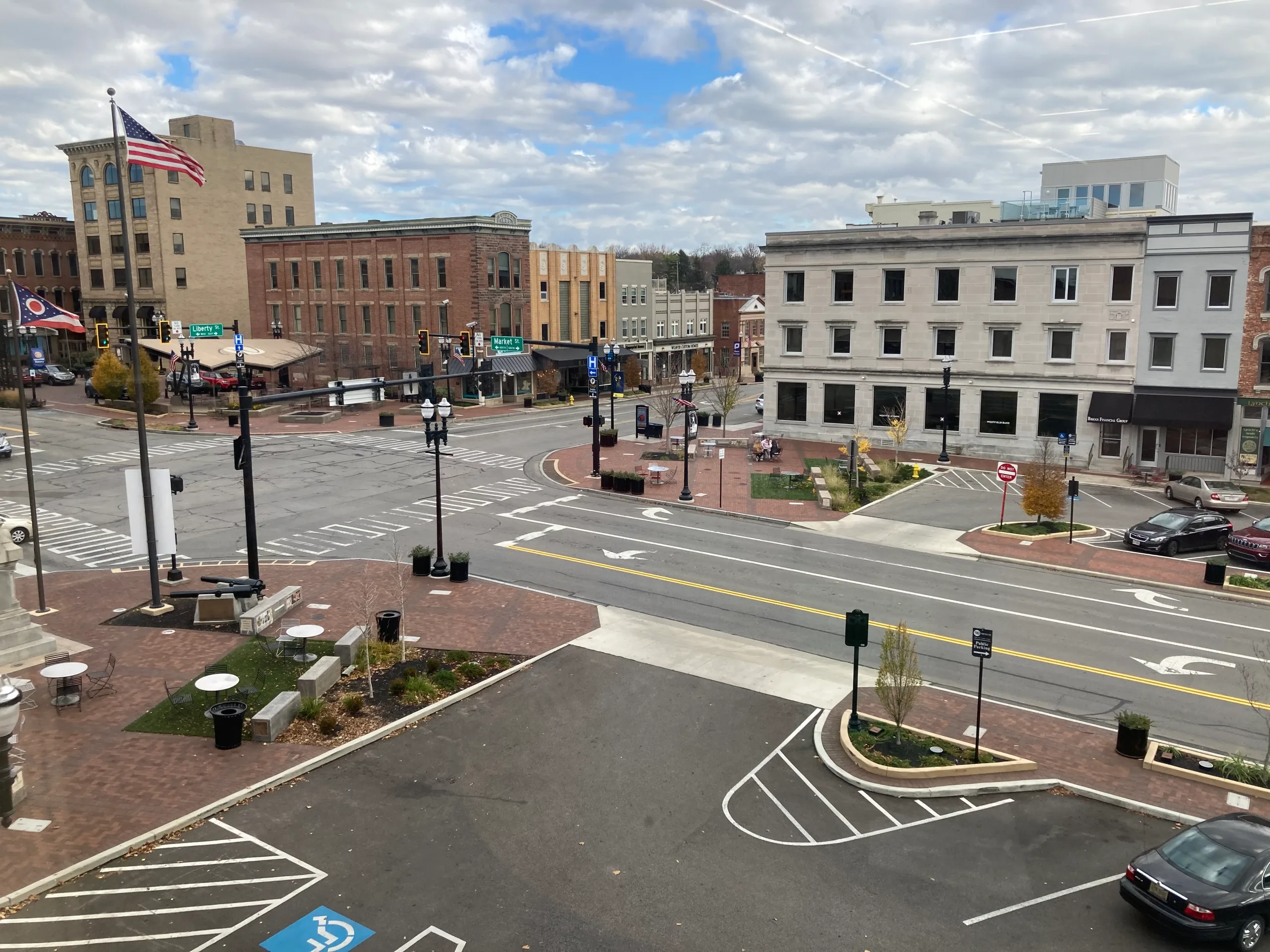
By Elizabeth Schuster, Environmental Economist
INTRODUCTION
Whenever I ask nonprofit leaders how their mission is benefiting communities, I often get similar responses:
“We’re getting people to change how they act. Because of our organization, residents are more likely to support [insert issue here: water quality, climate action, etc.]”
While changing perceptions and behaviors is definitely something to celebrate, the fact remains – “getting people to change” is not the best way to talk about human well-being.
Talking about how your nonprofit supports human well-being outcomes – how you are improving lives – is more effective. Telling an impactful story, supported by data, about how your programs are improving the quality of life for communities is a direct pathway towards:
- Increased donor support
- Higher likeness of winning grants
- Better and more meaningful community engagement
- Clarity among a wide range of stakeholder about what your nonprofit does & why it exists
WHAT IS HUMAN WELL-BEING?
The World Health Organization defines human well-being in their Glossary of Terms (2021) as follows:
“Well-being is a positive state experienced by individuals and societies. Similar to health, it is a resource for daily life and is determined by social, economic and environmental conditions.
Well-being encompasses quality of life and the ability of people and societies to contribute to the world with a sense of meaning and purpose.
Focusing on well-being supports the tracking of the equitable distribution of resources, overall thriving and sustainability.
A society’s well-being can be determined by the extent to which it is resilient, builds capacity for action, and is prepared to transcend challenges.”
As you might guess from the length of this definition, human well-being is considered by researchers to be very hard to categorize and can be subjective, as it is culturally diverse.
HOW DO YOU SET MEASURABLE HUMAN WELL-BEING GOALS?
Before you start measuring your positive impact on human well-being, you first need to determine which human well-being benefits your organization wants to focus on.
Here are 5 steps to help you narrow which well-being benefits that you want to include in your goals:
- Determine a list of human well-being outcomes that the beneficiaries of your programs care about
- In order to help narrow further, which of those outcomes are also goals that funders care about?
- Next, review the list and determine which outcomes are a direct result from your nonprofit’s programming? You need to find some way to show that it was because of your organization’s programs that this change happened.
- Confirm that the outcome also aligns with your mission statement.
- Finally, double check that this outcome can be measured? You can use both qualitative metrics (which describe the impact in words) and quantitative metrics (which show the impact using numerical data points).
WHAT ARE COMMON EXAMPLES OF HUMAN WELL-BEING GOALS?
Because there are probably an infinite number of ways in which you can measure well-being, this tends to be overwhelming for nonprofits. To simplify the process & make it easier to communicate your success, most nonprofits rely on established categories for well-being.
For instance, I frequently look to the United Nations Sustainable Development Goals. These 17 goals end up addressing – either directly or indirectly – almost any type of human well-being outcome you would imagine.
Goals 1-3 focus on overall human well-being outcomes
- No poverty
- Zero hunger
- Good health & well-being
Goals 4-6 emphasize empowering communities & clean drinking water
- Quality education
- Gender equality
- Clean water & sanitation
Goals 7-10 are focused on more sustainable economic development & growth
- Affordable and clean energy
- Decent work and economic growth
- Industry, innovation and infrastructure
- Reduced inequalities
Goals 11-13 revolve around designing sustainable cities & actions communities can take
- Sustainable cities and communities
- Responsible consumption and production
- Climate action
Goals 15-16 are focused on ecosystem health, which is the foundation for all life on this planet
- Life below water
- Life on land
Goals 16-17 are about institutions & governance
- Peace, justice, and strong institutions
- Partnerships for the goals
You may have specific questions, like, “Which goal addresses housing?” That fits within goal 11, which targets “ensure access for all to adequate, safe and affordable housing and basic services.” Refer to the website for more information.
HOW TO BETTER COMMUNICATE YOUR HUMAN WELL-BEING SUCCESSES
Your organization can still take another step in terms of communicating your successes. Here are a few examples of how you can take an action and reframe it around how that action has then benefited human well-being.
Example 1
Old language:
- We successfully incentivized 5,000 households to get their wells tested.
New language:
- 500 households now have remediated their wells and have access cleaner, safer drinking water. We are supporting better human health by reducing Volatile Organic Compounds (VOCs) in their water supply.
Example 2
Old language:
- More residents are taking climate action because of our outreach efforts.
New language:
- 200 residents have participated in our weatherization program. They now experience cooler, more comfortable homes on extreme heat days and a 29% reduction in electric bills in the winter due to reduced usage of space heaters.
Example 3
Old language:
- We have doubled the number of constituents who support our City’s Zero Waste Initiative.
New language:
- Did you know that if we achieve our goal of Zero Waste, we’ll could see a reduction in direct emissions by as much as 78%. This means better air quality for our residents – especially those with asthma and other respiratory issues.
CONCLUSION
Sometimes it’s easier for nonprofits to focus on the immediate results that come from your programs, like the number of participants who go through a training.
But you’re better off anytime you can translate your results into human-wellbeing outcomes. How you are changing lives will always resonate more than short-term actions and deliverables.





